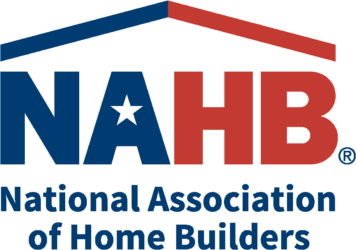Confidence in the market for new multifamily housing was in negative territory for the fourth quarter, according to results from the Multifamily Market Survey (MMS) released today by the National Association of Home Builders (NAHB). The MMS produces two separate indices. The Multifamily Production Index (MPI) had a reading of 41 – below the break-even point of 50 – while the Multifamily Occupancy Index (MOI) reading was 77.
Financing new multifamily projects continues to be difficult due to tight lending standards and the high cost of development loans. Given that, along with the historically high level of supply for multifamily units under construction, NAHB forecasts a major pullback in multifamily starts for 2024.
The MPI is a weighted average of four key market segments: three in the built-for-rent market (garden/low-rise, mid/high-rise, and subsidized) and the built-for-sale (or condominium) market. The survey asks multifamily builders to rate the current conditions as “good”, “fair”, or “poor” for multifamily starts in markets where they are active. The index and all its components are scaled so that a number above 50 indicates that more respondents report conditions as good rather than poor. The component measuring garden/low-rise units had a reading of 51, while built-for-sale units had a reading of 43, followed by subsidized units at 41, and mid/high-rise at 26 (Figure 1).
The MOI is a weighted average of three built-for-rent market segments (garden/low-rise, mid/high-rise and subsidized). The survey asks multifamily builders to rate the current conditions for occupancy of existing rental apartments in markets where they are active as “good”, “fair”, or “poor”. Similar in nature to MPI, the index and all its components are scaled so that a number above 50 indicates more respondents report that occupancy is good than report it as poor. For the fourth quarter, the component measuring garden/low-rise units had a reading of 80, mid/high-rise units had a reading of 64, and subsidized units had a reading of 88 (Figure 2).
The MMS survey was redesigned in the first quarter of 2023 in order to make it easier to interpret and more similar to the NAHB/Wells Fargo Housing Market Index. Because the previous version of the MMS series can no longer be used to compare with this quarter’s results, the redesigned tool asked builders and developers to compare market conditions in their areas to three months earlier, using a “better,” “about the same” or “worse” scale. Fourteen percent of respondents said that the market is “better” than it was three months earlier, while 63% said it is “about the same”, and 23% said it is “worse” (Figure 3).
Please visit NAHB’s MMS web page for the full report.
Discover more from Eye On Housing
Subscribe to get the latest posts sent to your email.

The increase in mortgage maturity terms highlights potential shifts in borrower preferences and market conditions. For construction loans, this suggests a need for lenders to offer flexible terms to accommodate evolving borrower needs, especially in longer-term projects. Adapting loan structures accordingly can support construction endeavors and align with changing market dynamics.